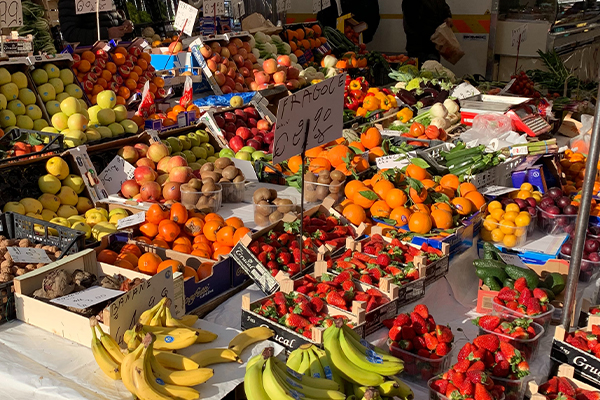Introduction
AusMask is an Australia-based mask designer and supplier. Aiming at providing customers with the best-quality masks, AusMask enjoys its advanced mask filtering technology and aesthetic design concepts to protect people from the negative impacts of polluted air and enables them to have a breath of the clean air with “Australian flora” (“Our story”, 2018). Today, due to the increasingly severe air pollution in China, AusMask has shifted its focus on the Chinese market to meet local people’s demands for masks with best quality, durability and aesthetic appeal.
Though the Chinese market has a large potential size, it is still featured by fierce competition and various risks for a foreign player. For example, in the mask industry, world-leaning mask suppliers such as Pitta Mask, MEO and 02Today and so on have had strong presences in the Chinese market (“Air Pollution Masks Industry”). Therefore, strategic alliance and business collaboration with Chinese local organizations play an essential role for AusMask to enter the Chinese market.
This report identifies potential strategic alliance for AusMask in the Chinese market. Based on the data of the market and the challenges and opportunities that AusMask would face in China, this report gives suggestions on AusMask’s strategic partnerships in China market.
Business Challenges for AusMask
According to the 2017Air Pollution Masks Industry Market Research Report, mask market is expected to grow rapidly in the upcoming years due to the deterioration of air quality across the globe (“Air Pollution Masks Industry”, 2017). For the Chinese market, since 2012, the pollution mask market increased by 30 percent annually and reached a total value of $650 million in 2016 (“Daxue Consulting”, 2017). However, the overall mask industry, especially in the Chinese market still faces a series of challenges.
The first challenge is the increasing fierce competition of the industry. According to the 2017Air Pollution Masks Industry Market Research Report, the number of multinational manufacturers of air pollution masks has exceeded 40, and the giant players such as 3M and Honeywell accounted for over half of the global market share (“Air Pollution Masks Industry”, 2017). In the Chinese market, a great number of small local manufacturers have emerged, and even in Dadian, a small village in Shandong Province, China, there are over 300 mask processing and manufacturing enterprises (“Daxue Consulting”, 2017).
The second challenge is the lack of value propositions for mask suppliers. Value propositions refer to the promise of value delivered by a brand or a company (Hassan, 2012). Based on a value proposition, a company could effectively design its business strategies to provide customers with values and benefits. However, currently, the mask industry is only focused on its manufacturing and processing capability rather than customer experience and customer satisfaction. As a result, few mask manufacturers or suppliers could develop great brand images to improve customer retention or loyalty.
The last challenge is the disordered channels in the overall industry. Due to the lack of industrial regulation and supervision, the channels of the masks’ materials, filtering techniques, product distribution and retailing are “in a mess” (“Air Pollution Masks Industry”, 2017). Also, the main channel for the mask industry is the longest one, from producer, wholesaler, retailer to consumer, which greatly decreases the distribution efficiency of the industry (Kozlenkova, Hult, and Lund, 2015).
Based on the three challenges of the industry, it is learned that AusMask should seek proper strategic partners in the Chinese market to gain advantages in the fierce competition, enhance its brand image by establishing its special value proposition.
Design and Methodology
Kwon and Lennon (2009) suggested that both positivism and interpretivism are research approaches which could effectively help researchers to investigate issues of business and marketing. Different from positivism which emphasizes objective measurements and statistical analysis of data collection, interpretivism usually uses qualitative approaches such observation and research of concepts from academic fields or journalism to better interpret and understand a phenomenon (Babbie, 2014). Thus, this report applies interpretivism to the research and uses qualitative approaches to examine the mask industry and identify potential strategic alliance for AusMask in the Chinese market.
The data and information collected for the research are focused on the Chinese market as well as the customer demographics of the market, the competitors in the market, and the financial information of AusMask. All the data and information are from sources such as academic journals, and industrial and journalist reports. The limitations of the information and data I have collected are the lack of data on competitors’ and potential Chinese partners’ financial situations and the lack of the latest data of the mask industry.
Data Analysis
According to the 2017Air Pollution Masks Industry Market Research Report, the increasingly severe air pollution in China and the rise of the middle-class in China have significantly driven the demands for anti-pollution masks in the Chinese market. It is estimated that, by the end of 2020, the total value of the Chinese mask market

